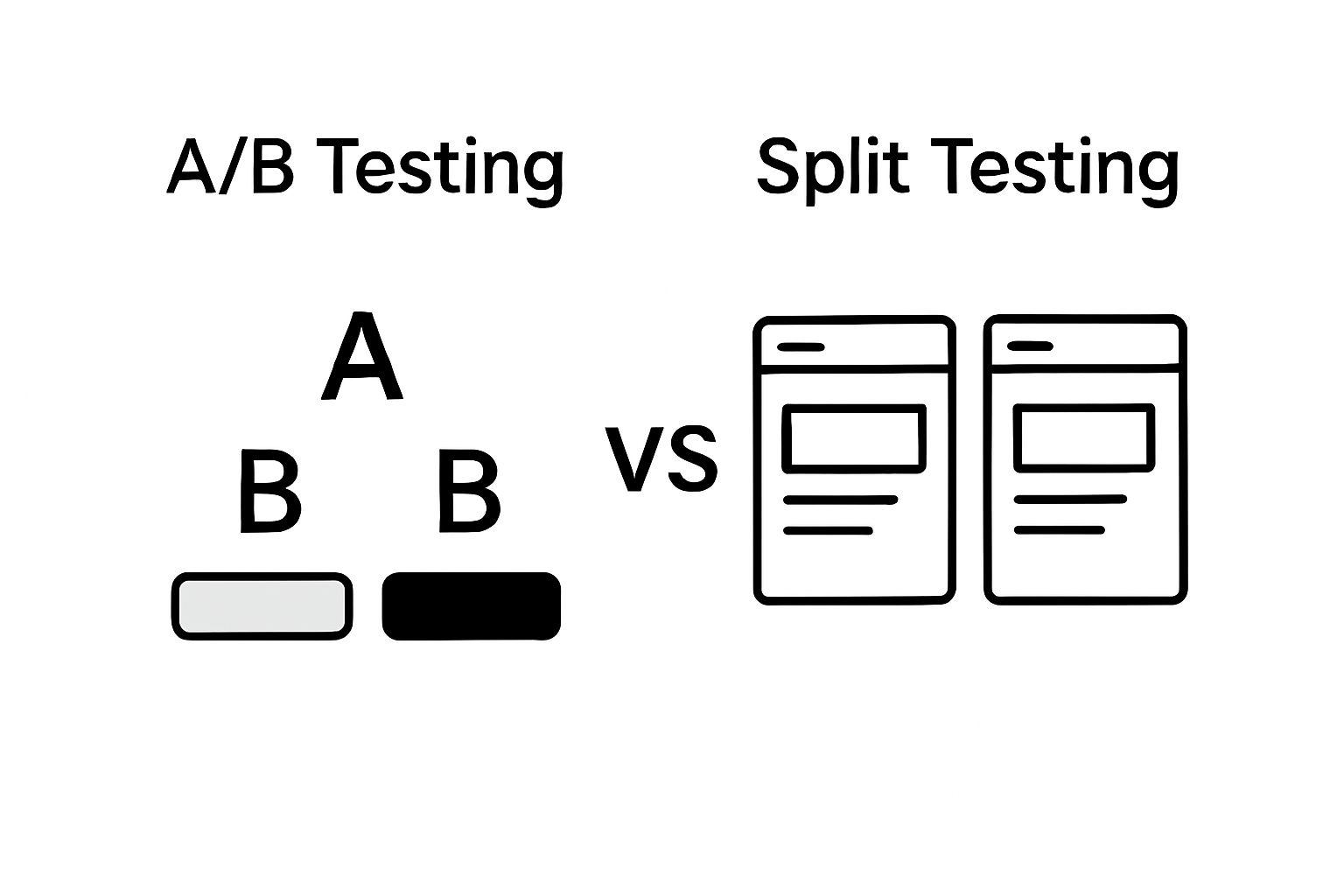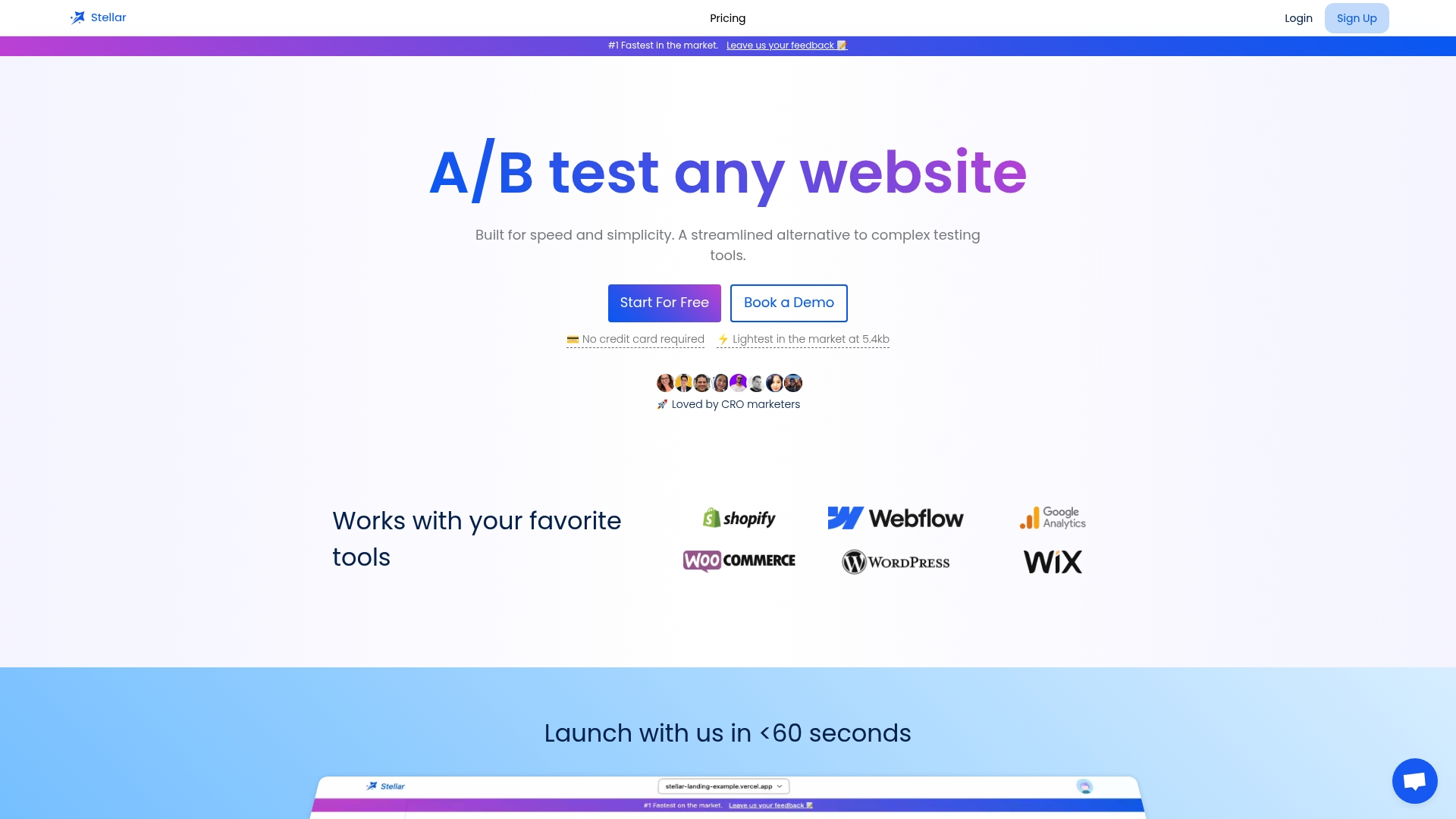
Understanding the Marketing Experimentation Process

Marketing teams pour resources into bold campaigns and clever strategies, all chasing better results. But most marketing plans rely on guesswork instead of proof. Harvard Business Review reports that companies using controlled experiments consistently outperform those that do not. Real breakthroughs come from testing ideas the scientific way, not just hoping for a lucky break.
Table of Contents
- What Is The Marketing Experimentation Process?
- How Marketing Experimentation Works
- Key Concepts In Marketing Experimentation
- Real-World Applications Of Marketing Experimentation
Quick Summary
| Takeaway | Explanation |
|---|---|
| Marketing experimentation reduces decision-making risks. | It allows businesses to test strategies before full-scale implementation, minimizing uncertainties and potential financial losses. |
| Data-driven insights lead to better marketing strategies. | Systematic testing reveals how changes impact consumer behavior, enhancing the effectiveness of marketing efforts. |
| Controlled experiments provide measurable outcomes. | By manipulating specific variables, businesses can directly attribute results to marketing interventions, resulting in actionable insights. |
| Continuous refinement fosters innovation. | Iterative testing helps organizations adapt and respond to shifting consumer behaviors, leading to ongoing improvements in strategies. |
| Statistical validation is crucial for credibility. | Establishing significance thresholds ensures that observed differences in experiments are reliable, strengthening findings and recommendations. |
What is the Marketing Experimentation Process?
The marketing experimentation process represents a systematic approach to understanding consumer behavior and optimizing marketing strategies through controlled investigations. At its core, this methodology allows businesses to make data driven decisions by testing hypotheses and measuring outcomes in real world scenarios.
Defining Marketing Experimentation
Marketing experimentation is fundamentally a research method that enables organizations to investigate potential strategies by systematically manipulating variables and observing their impacts. Scientific research from Harvard Business Review suggests that this process involves creating controlled environments where specific marketing elements can be tested and analyzed.
Key characteristics of marketing experimentation include:
- Controlled investigation of marketing variables
- Systematic hypothesis testing
- Objective measurement of consumer responses
- Statistical validation of marketing strategies
Why Marketing Experimentation Matters
Businesses utilize the marketing experimentation process to reduce uncertainty and minimize risks associated with strategic decisions. By implementing structured tests, companies can understand precisely how changes in marketing approaches influence customer behavior, conversion rates, and overall business performance.
The process typically involves:
- Identifying specific marketing hypotheses
- Designing controlled experimental scenarios
- Collecting quantitative and qualitative data
- Analyzing results with statistical rigor
- Making informed strategic adjustments
Learn more about advanced marketing experimentation techniques to enhance your strategic approach and drive meaningful business insights.
Why the Marketing Experimentation Process Matters
The marketing experimentation process represents more than just a research methodology it is a strategic approach that transforms how businesses understand and engage with their target audiences. By systematically testing hypotheses and measuring outcomes, organizations can make more informed decisions that directly impact their bottom line.
Reducing Business Risk and Uncertainty
In an increasingly competitive marketplace, organizations cannot afford to rely on intuition or traditional assumptions. Research from McKinsey reveals that data driven experimentation can significantly reduce business risk by providing empirical evidence before large scale implementation.
Key benefits of reducing business uncertainty include:
- Minimizing financial risks associated with untested marketing strategies
- Preventing potentially costly marketing campaign failures
- Creating a culture of evidence based decision making
- Improving overall organizational learning and adaptability
Driving Continuous Improvement and Innovation
Marketing experimentation serves as a catalyst for continuous improvement by enabling businesses to iteratively refine their strategies. This approach allows organizations to move beyond static marketing approaches and develop dynamic, responsive strategies that evolve with changing consumer behaviors.
Companies that embrace experimentation can:
- Uncover hidden opportunities for product and service enhancement
- Develop more targeted and personalized marketing approaches
- Create competitive advantages through data driven insights
- Foster a culture of innovation and continuous learning
Understand the statistical foundations that make marketing experimentation a powerful tool for strategic decision making and organizational growth.
How Marketing Experimentation Works
Marketing experimentation operates as a structured scientific approach that enables businesses to systematically test, validate, and optimize their marketing strategies. This methodology transforms complex business questions into measurable, actionable insights through carefully designed research protocols.
Establishing Experimental Frameworks
Scientific research from MIT Sloan demonstrates that successful marketing experiments require precise planning and rigorous methodology. The process begins by developing clear hypotheses about potential marketing interventions and their expected outcomes.
Key components of an effective experimental framework include:
- Clearly defined research objectives
- Precise hypothesis formulation
- Selection of appropriate experimental variables
- Identification of control and experimental groups
- Determination of statistical significance thresholds
Implementing Controlled Test Environments
Marketing experiments demand meticulous control over variables to ensure reliable results. Researchers create scenarios where specific marketing elements can be systematically manipulated while maintaining other conditions constant. This approach allows for direct attribution of observed changes to the tested interventions.
Experimental design typically involves:
- Randomly segmenting target audience groups
- Implementing controlled variations
- Collecting comprehensive performance data
- Measuring statistical variations between test groups
- Analyzing results with advanced statistical techniques
Learn more about split testing strategies to enhance your marketing experimentation approach and drive meaningful business insights.
Key Concepts in Marketing Experimentation
Marketing experimentation involves sophisticated methodological approaches that transform raw data into strategic insights. Understanding the foundational concepts enables businesses to design robust research strategies that deliver meaningful and actionable results.
Foundational Experimental Variables
Research from Stanford Business School highlights the critical importance of identifying and managing experimental variables. These variables serve as the building blocks of any meaningful marketing experiment, determining how insights are generated and interpreted.
The table below summarizes key experimental variables in marketing experimentation and explains their distinct roles within research design.
| Variable Type | Description |
|---|---|
| Independent Variable | Factor that is deliberately manipulated to observe its effect |
| Dependent Variable | Outcome measured to assess the impact of changes |
| Control Variable | Element kept constant to ensure valid comparisons |
| Moderating Variable | Factor that influences the strength or direction of an effect |
| Mediating Variable | Factor that explains the mechanism through which an effect occurs |
Key types of experimental variables include:
- Independent variables (manipulated factors)
- Dependent variables (measured outcomes)
- Control variables (factors held constant)
- Moderating variables (interaction elements)
- Mediating variables (transmission mechanisms)
Statistical Significance and Confidence Levels
Statistical rigor forms the backbone of credible marketing experiments. Researchers must establish clear thresholds for determining whether observed differences are genuine or merely products of random chance. Confidence levels and statistical significance provide the mathematical framework for validating experimental findings.
Critical statistical considerations encompass:

- Establishing acceptable p value thresholds
- Calculating confidence intervals
- Understanding Type I and Type II error risks
- Determining appropriate sample sizes
- Selecting suitable statistical testing methods
Explore the nuances between A/B testing and split testing to enhance your understanding of advanced experimental techniques in marketing research.
Real-World Applications of Marketing Experimentation
Marketing experimentation transcends theoretical frameworks by delivering practical, measurable insights across diverse business environments. Organizations leverage these methodical approaches to solve complex strategic challenges and optimize performance across multiple dimensions of their marketing efforts.
The following table outlines practical applications of marketing experimentation in digital marketing and product strategies, highlighting specific examples found in the article.
| Application Area | Example Practices |
|---|---|
| Digital Marketing Optimization | Landing page design tests, CTA button styling, email subject line testing, personalization algorithms, UI color/layout changes |
| Product & Pricing Development | Price point sensitivity, feature prioritization, promotion strategy, customer segment analysis, competitive positioning |
Digital Marketing and User Experience Optimization
Research from Harvard Business School demonstrates how digital platforms utilize marketing experimentation to enhance user interactions and conversion rates. Companies systematically test website design elements, user interfaces, and content strategies to improve customer engagement and drive business outcomes.
Common digital experimentation applications include:
- Landing page design variations
- Call to action button placement and styling
- Email marketing subject line testing
- Personalization algorithm refinement
- User interface color and layout experiments
Product and Pricing Strategy Development
Marketing experiments provide critical insights into consumer preferences and willingness to pay. Businesses use controlled testing environments to understand how pricing strategies, product features, and positioning impact customer decision making. These experiments enable organizations to make data driven decisions that minimize financial risks.

Key areas of product and pricing experimentation involve:
- Price point sensitivity testing
- Feature prioritization
- Promotional strategy evaluation
- Customer segment responsiveness analysis
- Competitive positioning assessment
Learn how to effectively use test data to transform experimental insights into actionable business strategies.
Ready to Turn Marketing Experimentation into Real Results?
Struggling to get clear answers from your marketing experiments can be frustrating. The article above highlights how challenging it is to run proper tests, minimize risk, and gain trustworthy insights without heavy technical tools or slow, confusing setups. If you are aiming to make fast, confident decisions and truly benefit from A/B tests, the right tool can make all the difference.

Stop letting complex platforms hold you back. With Stellar, you can streamline your entire experimentation process using a no-code visual editor, smart dynamic keyword insertion, and real-time analytics engineered for small to medium-sized businesses. No more guessing or struggling with stats—just actionable insights and confident marketing choices. See for yourself how easy and powerful A/B testing can be, and get started today to make your next marketing experiment your best yet.
Frequently Asked Questions
What is the purpose of the marketing experimentation process?
The marketing experimentation process aims to systematically understand consumer behavior and optimize marketing strategies by testing hypotheses and measuring outcomes in controlled environments.
How does marketing experimentation reduce business risk?
Marketing experimentation minimizes risk by providing empirical evidence that informs strategic decisions, helping organizations avoid costly failures associated with untested marketing strategies.
What are key components of an effective experimental framework in marketing?
An effective experimental framework includes clearly defined research objectives, precise hypothesis formulation, selection of appropriate experimental variables, identification of control and experimental groups, and determination of statistical significance thresholds.
How can businesses apply marketing experimentation to improve user experience?
Companies apply marketing experimentation by testing various elements such as website designs, user interfaces, and content strategies to enhance customer engagement and optimize conversion rates.
Recommended
- Processus d'expérimentation marketing : Guide pratique 2025
- Experiment Experimentation: Praxiswissen für CRO und Marketing 2025
- Analyzing Split Test Results: Proven Methods for CRO Marketers 2025
- Test Duration Recommendations: Optimize Your Experiments
Published: 9/18/2025